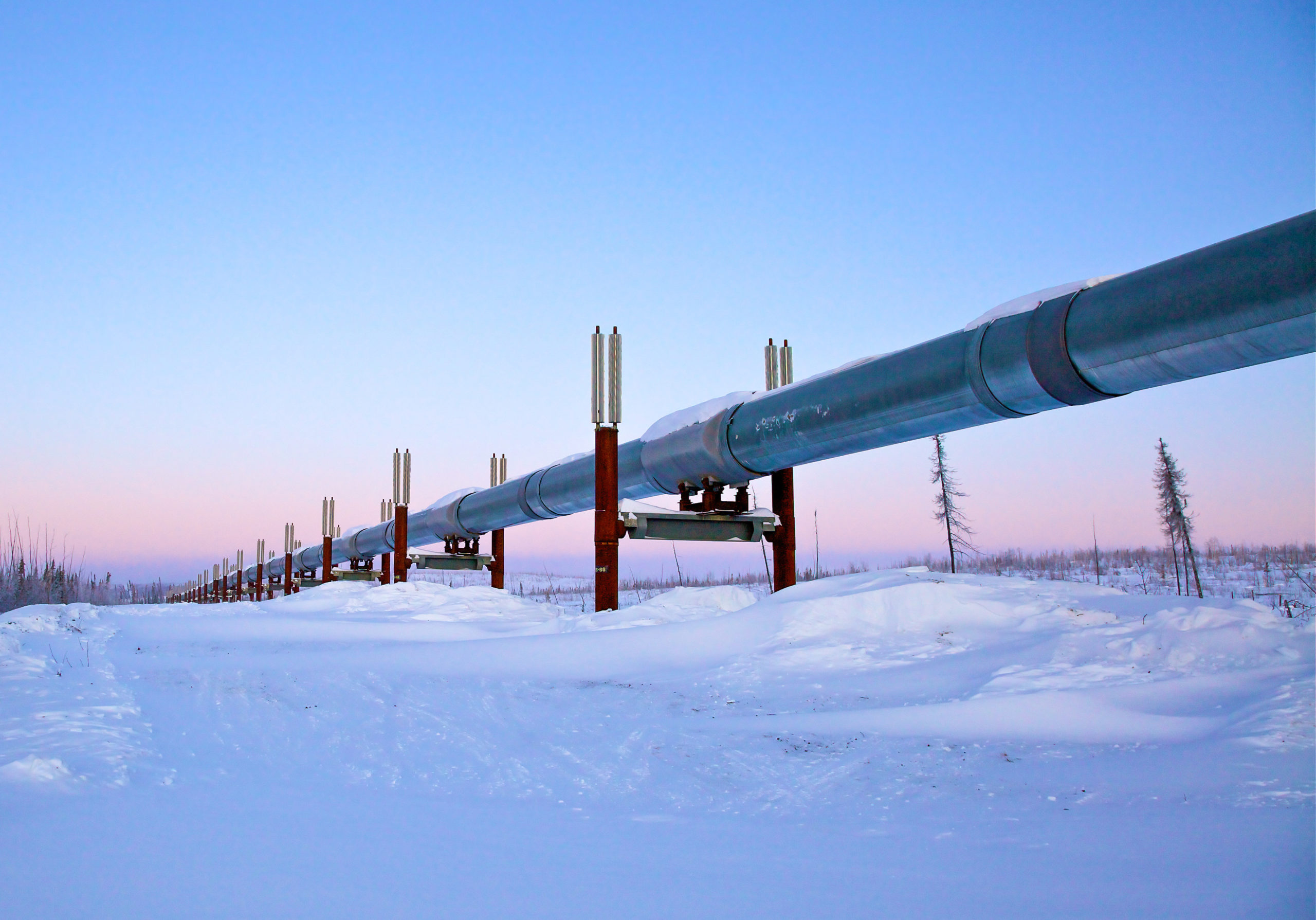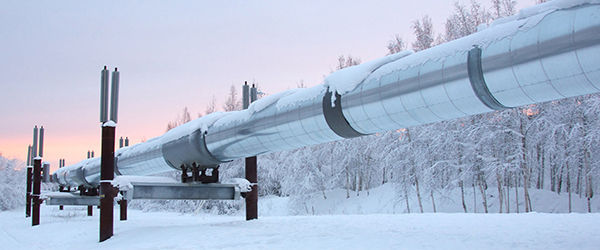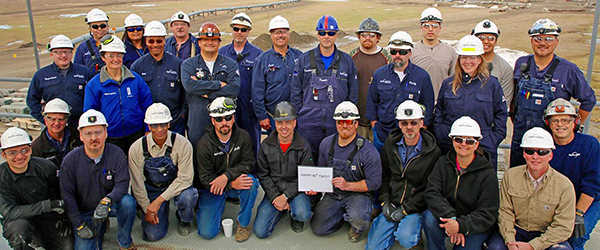
Spring has sprung, and cold weather ops wrap up
It’s officially spring, and many parts along the pipeline are experiencing promising pockets of snow melt and sunshine, and officially, TAPS wrapped up cold weather operations at the end of April.
“Cold weather ops” refers to the period from Oct. 1 to April 30 when the pipeline kicks into defense mode – defense against brutally cold winter temperatures that could create operational issues if oil within the pipeline grows too cold. Cold weather ops is a team effort that involves Operations Engineering, the Operations Control Center (OCC), as well as Maintenance and Baseline support on the ground at some of the sites along TAPS designed to inject more heat into the system.
“The goal of cold weather operations is to protect the system against the formation of ice,” said Joey Selby, OCC Manager. “If we get ice in the system, this places critical components at risk – things like check valves, Remote Gate Valves, and relief valves.”
TAPS has several “levers,” as Selby called them, to pull when in need of heat. Slip stream heat involves taking a stream of crude oil from the mainline, heating it, and reinjecting it. This happens at Remote Gate Valve 65, near Livengood; at Pump Station 8, south of Fairbanks; and new this winter ops season, at Milepost 238, which is nearest to Pump Station 5, north of Fairbanks. Operations Engineering monitors crude oil temperatures and ambient conditions throughout the winter, using forecasts and thermal modeling to provide direction on which “levers” TAPS needs to pull, in order to maintain target temperatures.
Prior to the addition this season of the heat available at the Milepost 238 site, a go-to option for boosting temperatures was using pumping equipment at Pump Stations 3 and 4 to recirculate oil. It’s still an option, but with MP238 on board, very little recirculation was required this past year.
“When we used to have to recycle all winter at PS3 and PS4, we would have all the mainline pumps on, with both turbine generators running, and if any piece of oil moving equipment went down, there was a rush to get it started again,” Selby said. “There was quite a bit of pressure added to operations and maintenance at those recycle locations.”
As TAPS transitions into May, teams are keeping a close eye on pipeline conditions and temperatures, remaining in that cold weather ops posture through the closure of the month.
“We all have spring fever,” Selby said. “It’s very natural for us to want to be in the warmer temperatures. But we always want to remain vigilant, we never want to forget we’re in Alaska and the temperature conditions change rapidly. We had a cold spell last week and it was significant; we went from requiring almost no heat input to needing significant heat input in a short period.”



